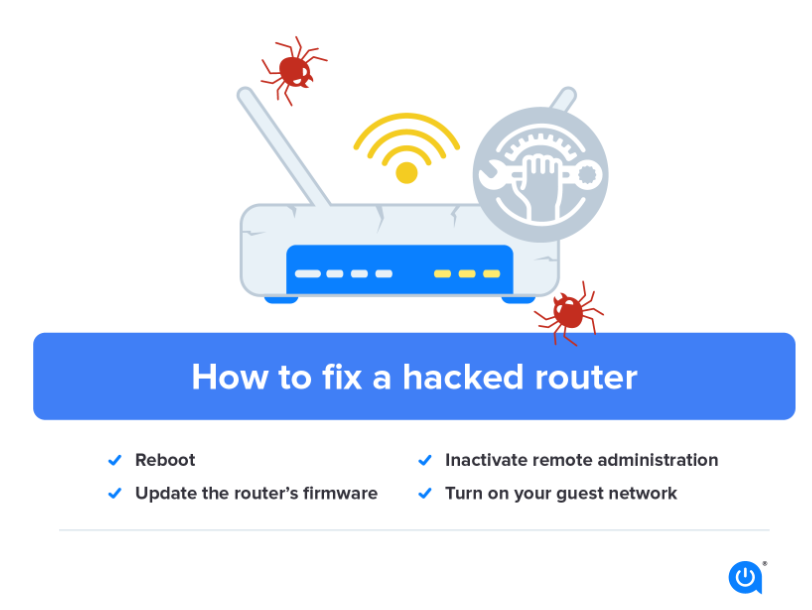Slow internet can be frustrating, especially in today’s digital age where much of our daily activities, including work and entertainment, rely heavily on a stable and fast internet connection. Unfortunately, not everyone has equal access to high-speed internet, leading to what is known as the digital divide. In this article, we will explain what the digital divide is, how to test your internet speed, and provide tips on how to improve your internet speed.
What is the Digital Divide?
The digital divide refers to the gap between those who have access to reliable, high-speed internet and those who do not. This gap can exist for various reasons, such as geographic location, income level, or infrastructure limitations. In many cases, low-income and rural areas are the most affected by the digital divide, making it challenging for people in these areas to access critical services and participate fully in society.
Why is Internet Speed Important?
Internet speed is crucial for various online activities, such as browsing the web, streaming movies, participating in video conferences, and online gaming. Slow internet speed can lead to frustrating delays, buffering, and dropped connections, making these activities nearly impossible to perform. In contrast, fast internet speed enables seamless online experiences, leading to better productivity, entertainment, and overall satisfaction.
How to Test Your Internet Speed
The first step in improving your internet speed is to determine your current speed. You can do this by running an internet speed test. Here’s how:
- Close all applications and devices that use the internet.
- Connect your computer directly to your modem or router using an Ethernet cable.
- Visit a speed test website such as Speedtest.net or Fast.com.
- Click on the “Go” or “Start” button to begin the test.
- Wait for the test to complete and note your download and upload speeds.
It’s essential to perform multiple tests at different times of the day to get an accurate picture of your internet speed, as it can vary depending on network traffic and time of day.
Tips to Improve Your Internet Speed
If you find that your internet speed is slower than expected, here are some tips to improve it:
- Upgrade your internet plan: Check with your internet service provider to see if you can upgrade your plan to a faster speed.
- Clear your cache: Clear your browser’s cache and cookies regularly to free up space and improve your browser’s performance.
- Optimize your network: Ensure that your modem and router are up-to-date and placed in a central location. Use a Wi-Fi extender if necessary to improve coverage.
- Use an Ethernet cable: For the best performance, connect your computer directly to your modem or router using an Ethernet cable.
- Limit bandwidth usage: Reduce the number of devices using your network and limit bandwidth usage for applications that use a lot of data, such as video streaming and online gaming.
Understanding the Impact of the Digital Divide
The digital divide has a significant impact on society, particularly for those who do not have equal access to high-speed internet. For example, students without reliable internet access may have difficulty completing online coursework or accessing educational resources, putting them at a disadvantage compared to their peers. Additionally, individuals in rural areas may have limited access to healthcare services, as many healthcare providers offer telemedicine services that require a stable internet connection.
In conclusion, the digital divide is a significant challenge that affects many people’s lives, making it challenging to access essential services and participate fully in society. By understanding the impact of the digital divide and taking steps to improve your internet speed, you can help bridge the gap and create a more equitable online experience for all.
The Importance of Addressing the Digital Divide
Addressing the digital divide is essential for creating a more equitable society. Access to high-speed internet is becoming increasingly important for daily life, including work, education, healthcare, and social interactions. As more services move online, those without reliable internet access are at a severe disadvantage.
Governments, private organizations, and individuals can all play a role in addressing the digital divide. Governments can provide funding to improve infrastructure in rural and low-income areas, while private organizations can offer low-cost internet options and donate computers and other equipment to those in need. Individuals can also contribute by advocating for better internet access and supporting organizations that work towards bridging the digital divide.
Conclusion
In conclusion, the digital divide is a significant issue that affects millions of people worldwide. Testing and improving internet speed is a crucial step towards bridging the gap and creating a more equitable society. By understanding the impact of the digital divide and taking action, we can work towards a future where everyone has equal access to the benefits of the internet.


